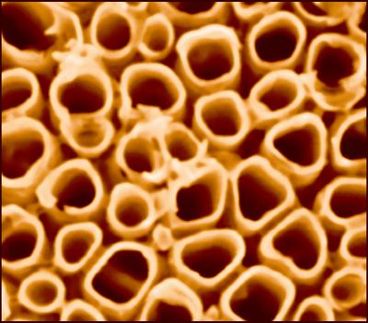Driving magnesium micromotors with seawater
Advertisement
Scientists in the California have developed magnesium-based Janus micromotors that self-propel in seawater. Research shows how the micromotors can be used to capture and transport oil droplets from contaminated seawater, presenting a possible environmental application for the removal of oil spills at sea.
The scientists based the development of the self-propelling micromotors around the reaction of magnesium and water to produce bubbles of hydrogen gas. They asymmetrically coated Mg microparticles with layers of Ti, Ni and Au to form the Janus micromotors then immersed them into seawater. The oxidation of the Mg surface produces hydrogen bubbles that propel the microparticles, demonstrated by time-lapse images over a period of 4 seconds. A magnet was used to guide the direction of propulsion.
To demonstrate a practical application of the new seawater-driven micromotors, the scientists modified them with self-assembled monolayers of alkanethiols. Using further time-lapse images, they showed that the hydrophobic micromotors could capture and transport droplets of motor oil in a sample of seawater.
Most read news
Original publication
Organizations
Other news from the department science

Get the chemical industry in your inbox
By submitting this form you agree that LUMITOS AG will send you the newsletter(s) selected above by email. Your data will not be passed on to third parties. Your data will be stored and processed in accordance with our data protection regulations. LUMITOS may contact you by email for the purpose of advertising or market and opinion surveys. You can revoke your consent at any time without giving reasons to LUMITOS AG, Ernst-Augustin-Str. 2, 12489 Berlin, Germany or by e-mail at revoke@lumitos.com with effect for the future. In addition, each email contains a link to unsubscribe from the corresponding newsletter.































































